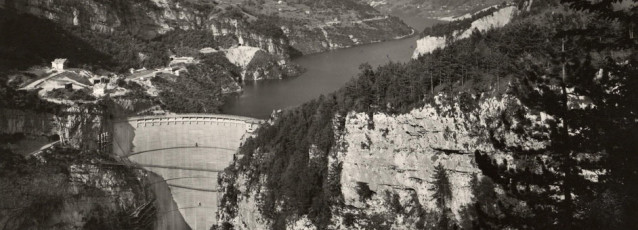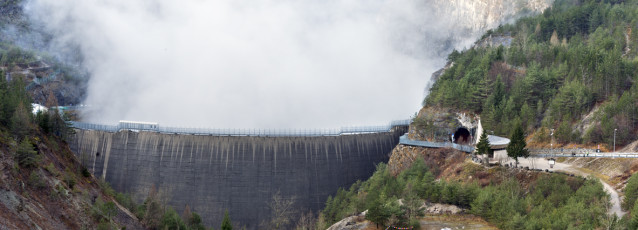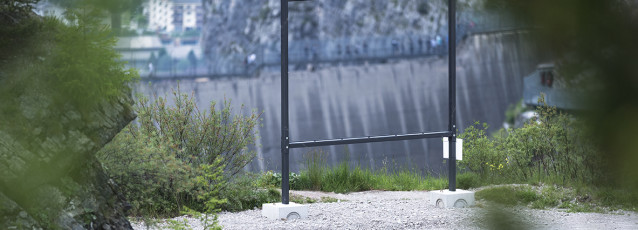The French anthropologist Marc Augé, member of the Jury of Twocalls, came to visit the Vajont area, to explore the Contest‘s project sites and to learn more about Dolomiti Contemporanee‘s activities.
He brought his reflections about the Vajont Tragedy and the meaning of a contemporary art Contest here nowadays.
As he said: A thing is to commemorate, another is to remember, still another is to create once again. What is art if not a symbol of life?
Here a videointerview with english subitles.
L’antropologo francese Marc Augé, membro della Giuria di Twocalls, è stato in visita nell’area del Vajont, per esplorare i siti di progetto del Concorso e per conoscere meglio il progetto Dolomiti Contemporanee.
Ha proposto le sue riflessioni sulla Tragedia del vajont e sul significato di un concorso d’arte contemporanea in questo luogo oggi.
Come ha detto: Una cosa è commemorare, un’altra è ricordare, un’altra ancora è creare di nuovo. Che cos’è l’arte se non un simbolo di vita?
Qui la videointervista con sottotitoli in italiano.
14/07/2015
On 18th July, at 5 pm at the Nuovo Spazio di Casso, the results of Twocalls will be presented to the public.
During the event there will also be the opening of twocalls, la forma delle idee (twocalls, the shape of ideas, in English), where a selection of the finalist projects will be exhibited.
19/05/2015
The Twocalls Contest entered its second phase. Lots of projects have been submitted in the latest days of the first phase, kept the Evaluation Committee busy longer than expected.
The Jury will nominate the winners in June.
Here a video, realized with the event Vajont 2015 – Progetti, held on 2 May in Casso, in which some members of the Jury, participants, inhabitants of the Vajont area, intertwine their opinions and ideas on the meaning of Twocalls regarding the history of Vajont and of its territory.
12/05/2015
On April the 30th the first phase of the International Artistic Contest Two Calls for Vajont, launched in June 2014 by Dolomiti Contemporanee drew to a close.
The Contest was conceived as an open platform of reflection on the territory of the Vajont and on its terrible history (October the 9th 1963), and as an opportunity to rethink, through the production of a series of renovating images, the landscape and some of the main symbols of that history today, transforming them from still objects-memories of the tragedy into active and shared “construction sites” of the mind and spirit.
















